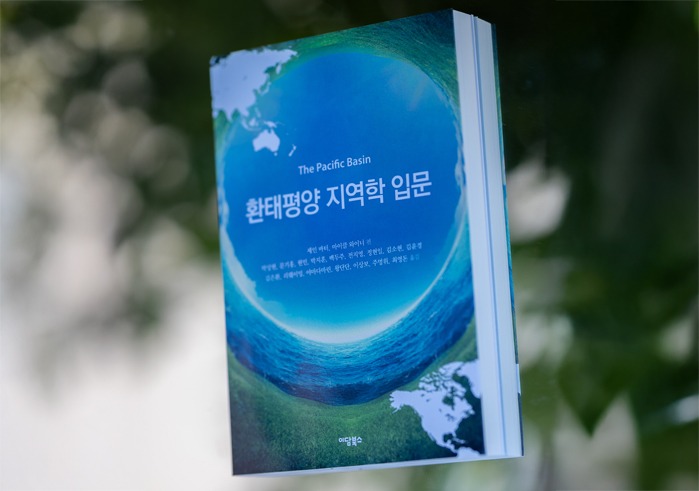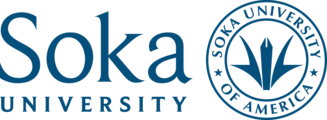SUA Faculty Textbook Reaches New Audiences with Korean Translation

Korean-speaking audiences now have access to a seminal textbook that embodies the cross-cultural and interdisciplinary approach to education at SUA. “The Pacific Basin: An Introduction,” originally published by Routledge in 2017, was published in Korean in September.
Written by 15 SUA faculty members and edited by Executive Vice President for Academic Affairs Michael Weiner and Professor of Comparative Politics Shane Barter, the textbook not only serves as a companion to Introduction to the Pacific Basin, a required general education course for all SUA students, but is also a useful text for many college and advanced high school courses in world history, geography, and international studies.
Like the SUA course, the textbook examines historical and contemporary issues such as colonialism, migration, armed conflicts, economic development, environmental policy, and cultural exchange. Rather than tracing national narratives, the textbook focuses on the many long-standing interconnections between Asia, Oceania, and the Pacific coast of North and South America.
“The Pacific Basin course is a big part of Soka’s identity,” Barter said. “It really shows our pedagogy and says who we are. It helps many students see how their country connects with others.”
Together with the course, the textbook represents an important effort to examine the world from multiple perspectives and overcome Atlantic-centric biases, which have historically shaped curriculum in the United States and much of the world. Significantly, the book also includes substantial analyses of issues in Latin America, which have been overlooked in Pacific Basin studies until recent years.
The textbook takes an interdisciplinary approach, with chapters delving into history, anthropology, political science, literature, environmental studies, gender studies, economics, and film studies. Many chapters were coauthored by experts in different disciplines, who synthesized their fields to provide a well-rounded analysis of the topic.
“That’s what a liberal education is about,” Weiner said. “It’s about critical thinking. It’s about avoiding siloing knowledge. And this book reflects that.”
The fact that the textbook has now been translated into Korean demonstrates its continued relevance as a pedagogical tool. Barter and Weiner think it makes sense that there would be growing demand among educators in South Korea for materials like this textbook, which situate their country’s history — and its future — as globally interconnected.
“South Korea is not only an industrial powerhouse,” Weiner said, “but it’s one of the most important centers of cultural production in the world.”
He hopes the translated textbook will “put SUA on the map” for more students in South Korea, sparking their curiosity about different topics and perhaps even inspiring them to reach out to SUA faculty about their research. He thinks faculty who contributed to the textbook should feel a sense of pride in the fact that the book’s readership is expanding.
“This is why we write,” Weiner said. “This is why we publish. We want our analyses and what we’ve produced to be available to the largest possible audience out there.”
